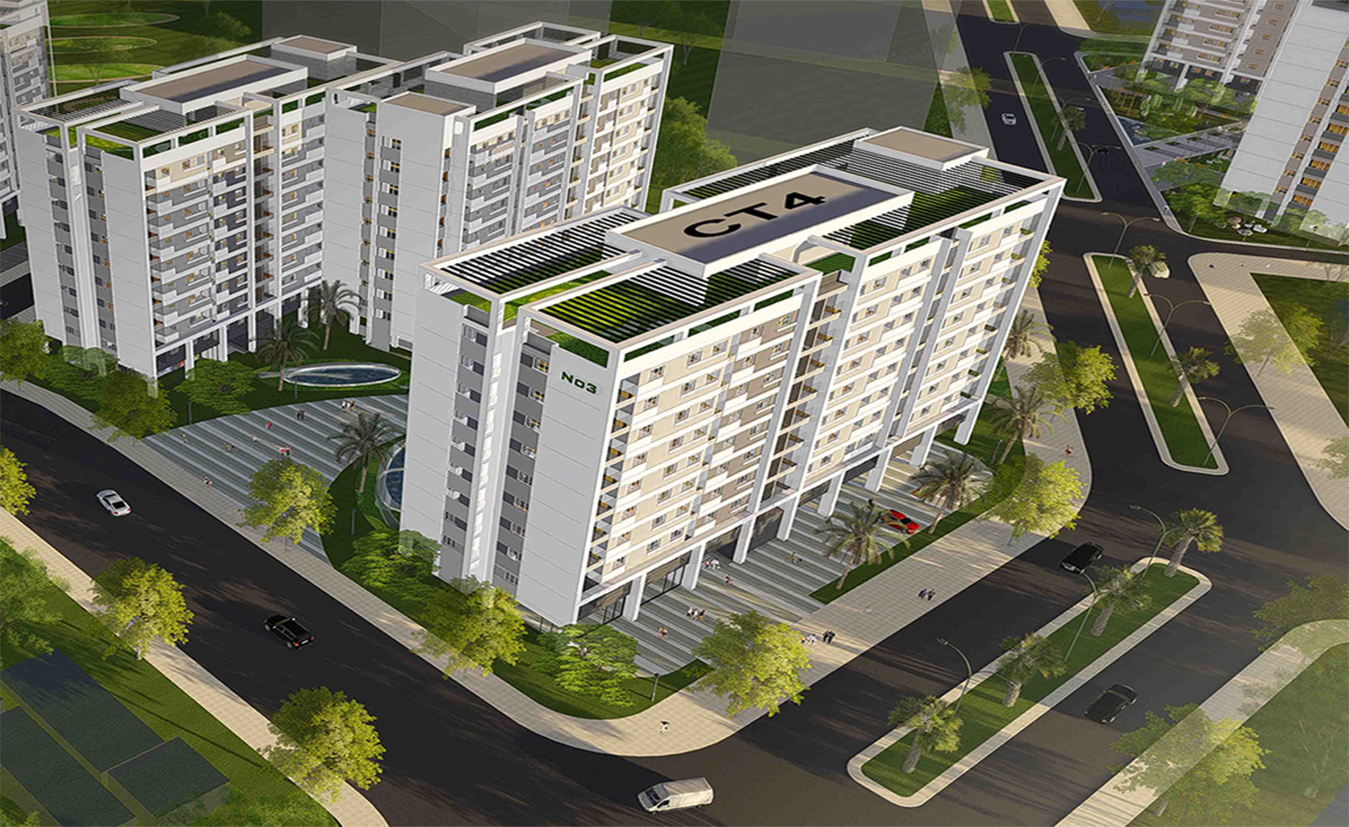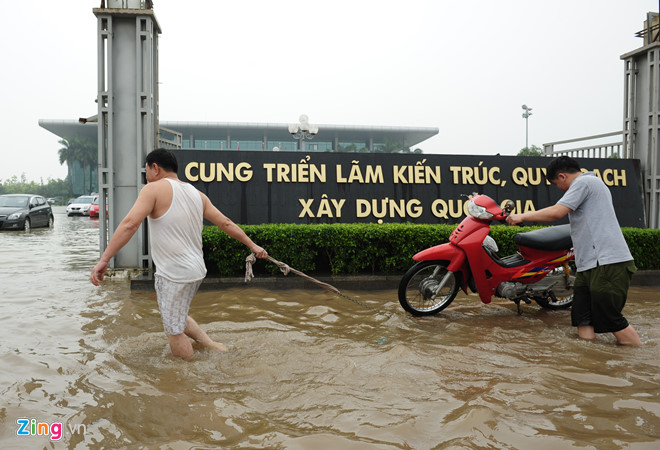Stemming from many different reasons, the reality of other actual land areas in the Red Book is quite common and causes difficulties for land use right holders, as well as disputes with neighboring households. near. Here's how to handle these situations.

What to do when the actual land area does not match the red book? (Illustration)
In Clause 5, Article 98 of the Land Law 2013 stipulates:
Article 98. Principles for granting certificates of land use rights and ownership of houses and other land-attached assets
"...
5. In case there is an area difference between the actual measurement data and the data recorded on the paper specified in Article 100 of this Law or the issued Certificate, but the boundary of the land parcel being used remains unchanged compared With the boundary of the land plot at the time of having the land use right documents, there is no dispute with the adjacent land users, when granting or renewing the Certificate of land use right, ownership of houses and assets, Other assets attached to land The land area is determined according to actual measurement data. Land users are not required to pay land use fees for the larger difference, if any.
In case of re-measurement, the boundary of the land parcel has changed compared to the boundary of the land parcel at the time of obtaining the land use right document and the actual measured land area is larger than the area recorded on the land use right document. land, the larger difference (if any) shall be considered for issuance of a certificate of land use rights and ownership of houses and other land-attached assets as prescribed in Article 99 of this Law."
Thus, the actual land area that does not match the land area on the land use right certificate (Red Book) will be divided into 2 specific cases:
-
In case " the boundary of the land plot in use remains unchanged from the boundary of the land parcel at the time of obtaining the land use right papers, there is no dispute with the adjacent land users", the area shall be determined. according to actual measurement data when issuing and renewing the Certificate.
-
In case " the boundary of the land plot in use has changed compared to the time when the land use right papers are obtained", the cause may be encroachment or occupation by the adjacent land user. In this case, the land user can submit a request to redefine the land plot boundary . If there is a dispute, both parties can mediate themselves or submit an application to the People's Committee of the commune or ward for reconciliation. If the local conciliation fails, the petition can be filed with the people's court to initiate a lawsuit.
Procedures for granting and changing the Red Book when the actual area is different from the Red Book
The procedure for granting and changing the Red Book to record according to the actual area (in case the land plot boundary does not change) is carried out according to the following steps:
Pursuant to Clause 24, Article 1 of Decree 148/2020/ND-CP , when measuring and redefining the area and size of the land plot, but the actual area of the land parcel is smaller than the area on the Certificate, the user The land is granted in exchange for the Certificate to determine the area according to the actual measurement data.
Step 1 : Submit your application
According to Clause 1, Article 10 of Circular 24/2014/TT-BTNMT , households and individuals need to prepare 01 set of documents, including:
+ An application form for replacement, made according to Form No. 10/DK;

| Proposal |
+ The original of the issued Certificate (Red Book, Pink Book).
Households and individuals shall submit their application for replacement at the People's Committee of the commune, ward or township where the land is located, if required. Or choose one of the following two ways to submit your application:
+ In localities where one-stop shops have been established to receive and return results of administrative procedures, households and individuals shall submit their dossiers at the one-stop-shop according to regulations of the provincial-level People's Committees. Normally, it will be submitted at the district-level one-stop shop where the land is located (district, district, town, provincial city, city under central authority).
+ If the locality has not yet established a one-stop shop, the application shall be submitted directly at the branch of the district-level land registration office or directly at the district-level land use right registration office if the locality has not yet established a branch. land registry office.
Step 2 : Receipt of application
If the application is incomplete or invalid, within a maximum of 03 days, the application-receiving and processing agency must notify and guide the applicant to supplement and complete the application as prescribed.
If the application is complete and valid, write all information in the application receipt book and give the receipt to the applicant (with the date of return of results).
Step 3: Resolve the request
Step 4 : Return the result
If the application is submitted anywhere, the results will be returned there and a new Certificate must be given to the land user within no more than 03 working days from the date of the settlement result.
Processing time: No more than 07 working days from the date of receiving valid dossiers; no more than 17 days for communes in mountainous, island, deep-lying and remote areas, areas with difficult or extremely difficult socio-economic conditions. Land due to re-mapping measurement is not more than 50 working days.
Implementation fee : The rate of collection of cadastral fees is set by the People's Councils of the provinces and cities, so the fee rates will be different. Although the rates vary, in fact all provinces collect less than 100,000 VND.
Jewel
 Article table of contents
Article table of contents





.Medium.png)
.Medium.png)
.Medium.png)
.Medium.png)
